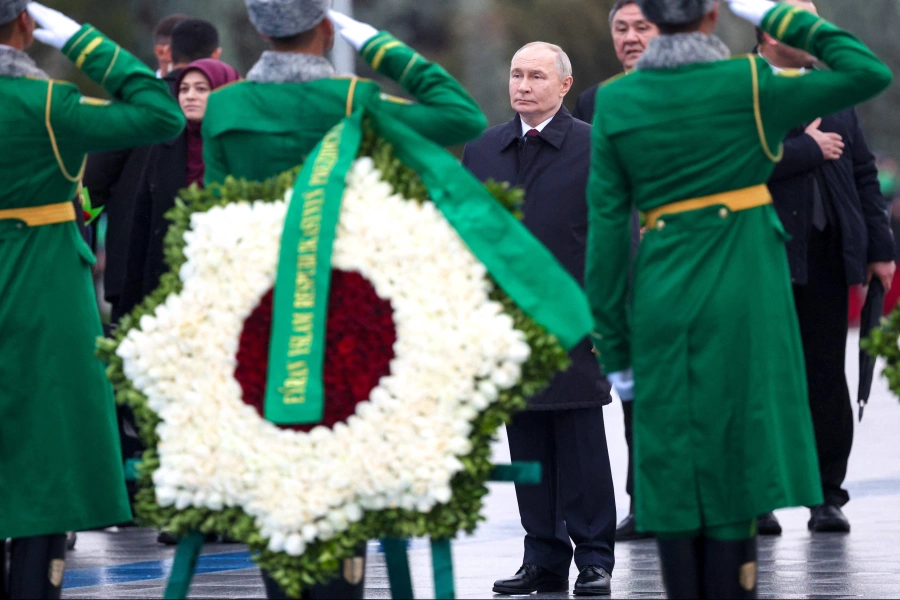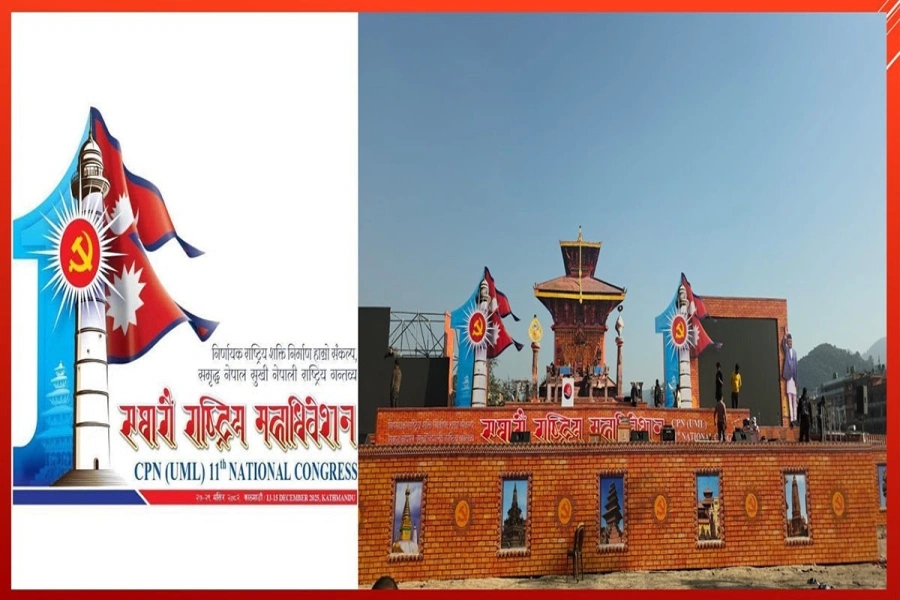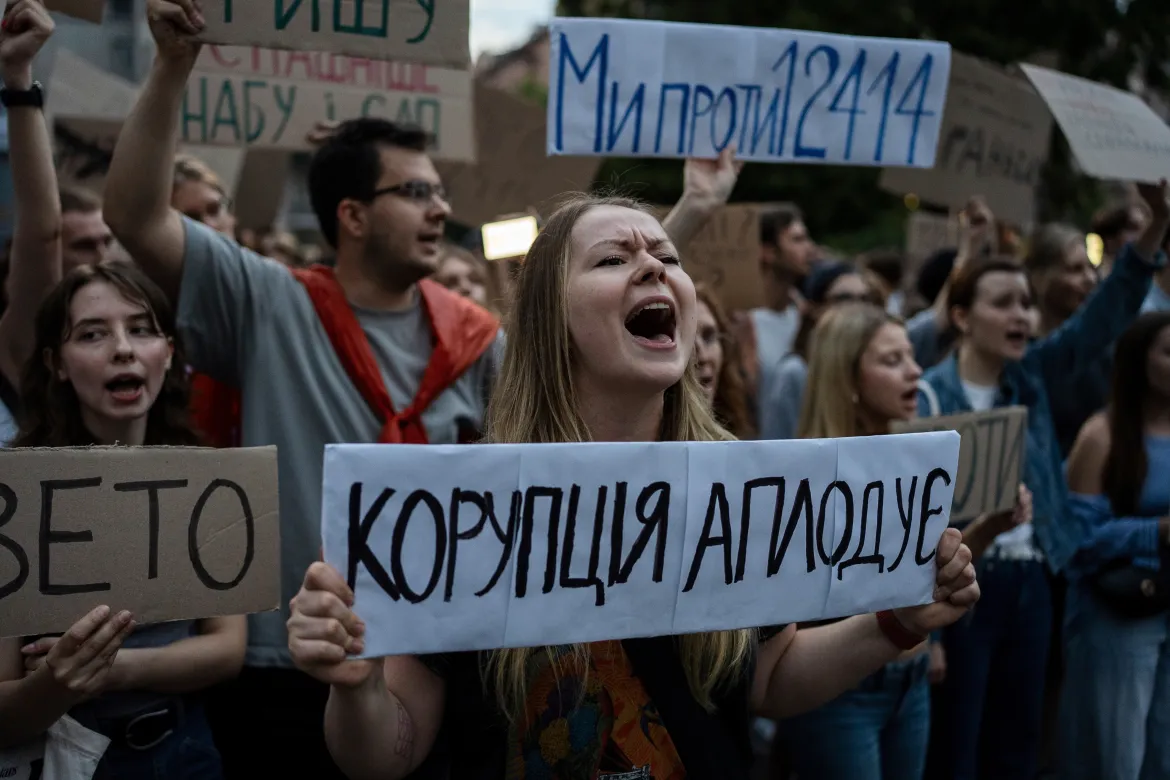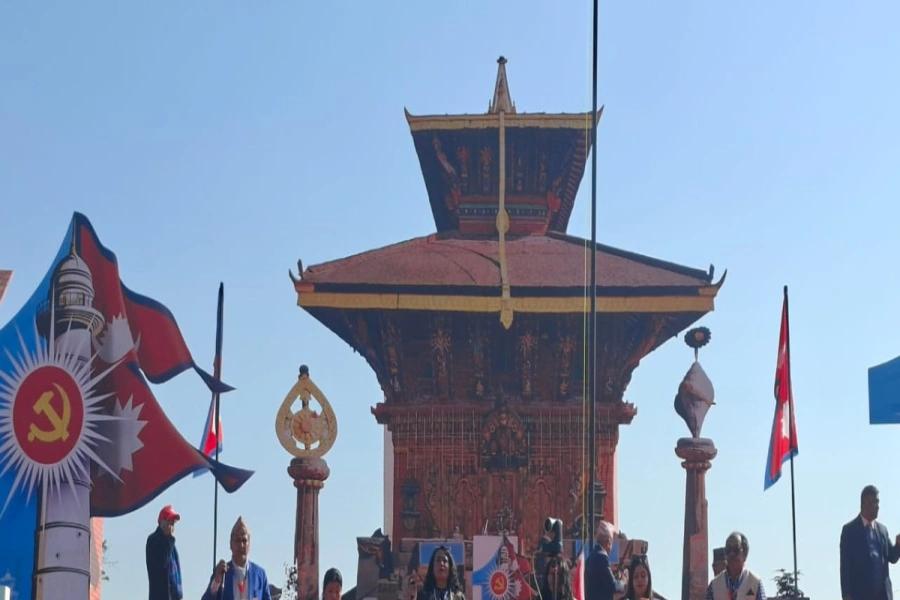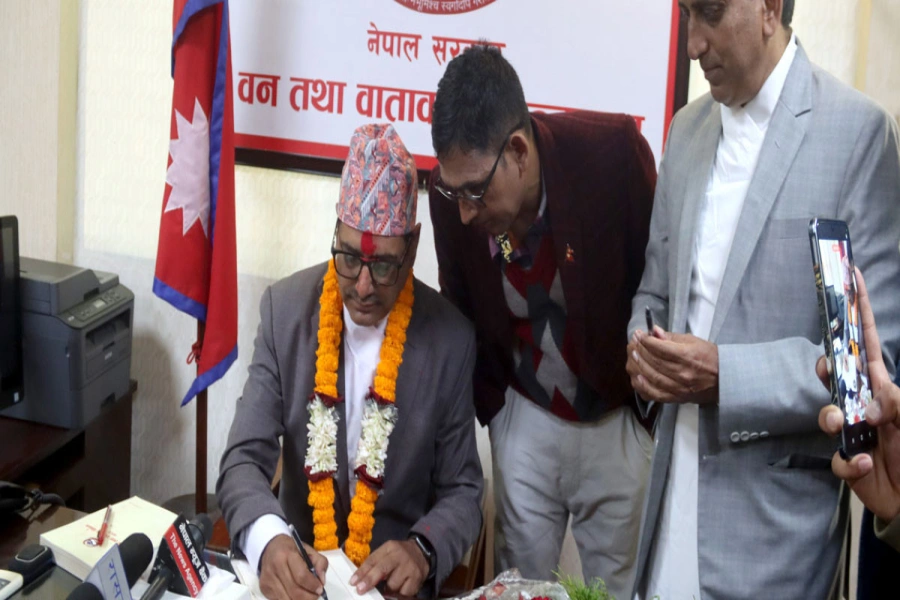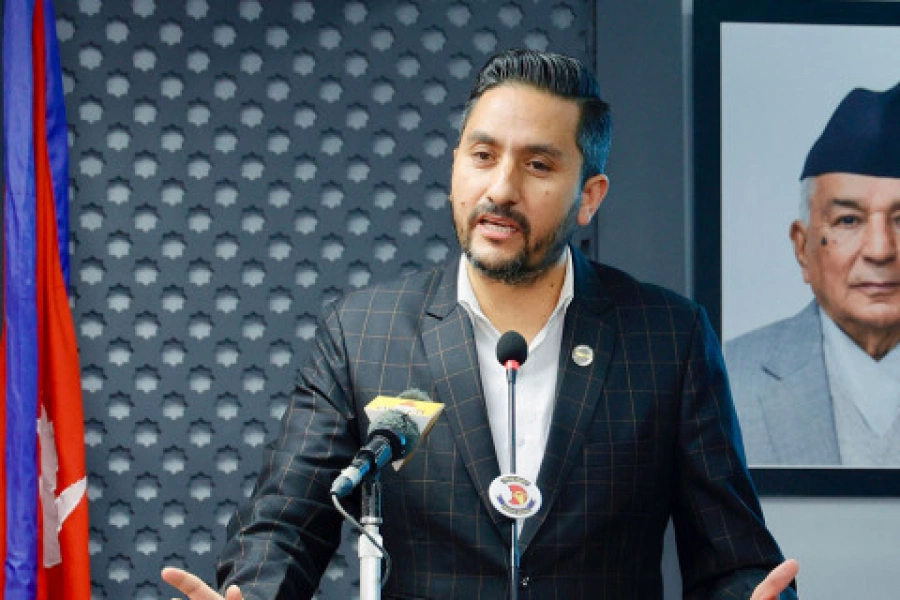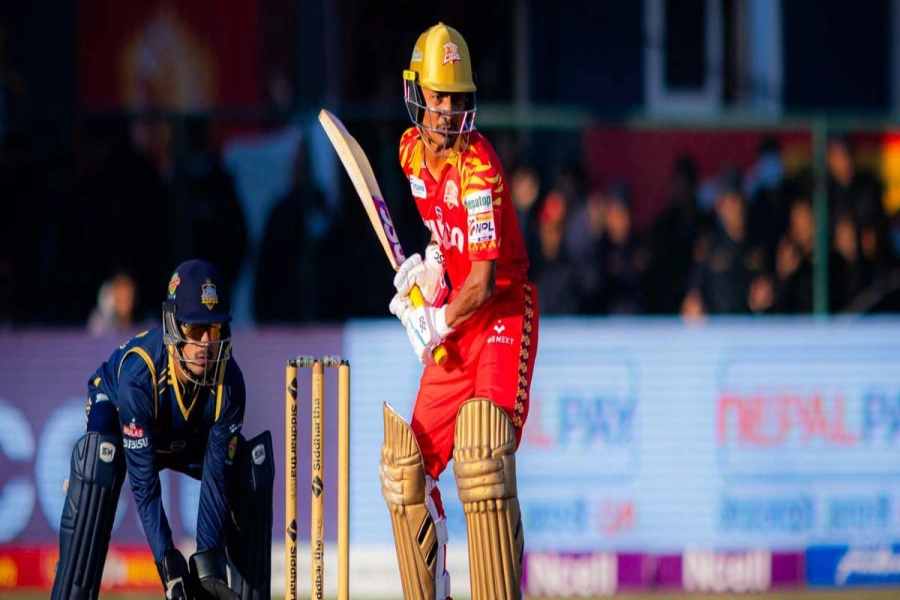Broadly, anti-corruption strategies are categorized into three groups, namely, promotional (educational, awareness generating programs), preventive (systemic reforms) and punitive (sanctions and deterrence) measures. Often, the policy makers are attracted by the last measure. Because punitive measures are highly visible, media-savvy and give (a false) impression that authorities are doing something to fight corruption. However, they come at a cost. They are expensive and time-consuming. In a highly politicized environment, punitive measures often take the shape of political vendetta and score-settling. Some countries like China and Vietnam have introduced death penalties but they have not been successful in controlling corruption. Obviously, there is also a question of frying small vs big fishes – a choice between what is feasible and what is desirable. A feasible program may not be desirable and a desirable program may not be feasible.
Election manifestos
In the last November elections, reading from the manifestos issued by the political parties and statements made by the leaders amply demonstrates that anti-corruption and good governance are the primary prime agenda for contesting elections. Many of the political parties have advocated a zero tolerance policy against corruption. The smaller political parties like RPP and RSP fought elections primarily on the plank of anti-corruption agenda. There was even a party that goes by the name of Nepal Good Governance Party. Even the coalition government, formed after the elections, has emphasized on good governance, anti-corruption and delivery of services to the public as one of their primary agenda of the Common Minimum Program.
Women who drive

The post FDR Nepal is marred by an abrupt spiraling of corruption. Borrowing the words of Mr. Madhav Kumar Nepal, Chairman, CPN (Unified Socialist), “in a federal set up, at the central level, corruption is taking place in terms of billions of rupees and, at the province and local level, it is in tens of millions of rupees”. Post FDR Nepal is besieged by decentralization as well as institutionalization of corruption. A number of factors like expensive elections, impunity situation and the culture of coalition, i.e., sharing of spoils or bhaagbandaa, in a turn by turn or rotational basis could be ascribed for the rise in corruption. At the grandest level, there is also a looming danger of state capture that goes by the name of “settings” in Nepali. Concepts like conflict of interest, nepotism and favoritism still find their place in the lexicon of corruption in Nepal.
Punitive focus
So far, the focus of anti-corruption has been primarily punitive in character. The statements and policy pronouncements coming from the ministers and the political leaders clearly reflect this tendency. Statements like “people who used to wear slippers are now living in lavish palaces,” or swearing against corrupt officials like “bhrastaachari jail paros” or even a policy of investigating corruption crimes committed by officials holding positions post 1990, or a policy announcement to strengthen anti-graft agencies like the CIAA and NVC – all are rooted into the punitive drive. Here is a statement on anti-corruption excerpted from the government’s Common Minimum Program (author’s translation): “To establish a faith among Nepali society that a corrupt people shall, one day, inevitably face legal actions.” This line is a copy paste material from the election manifesto of RSP. A smaller party like NMKP has even demanded a death penalty for corruption. RPP Chairman Rajendra Lingden has become famous for his anti-corruption oath, “indulging in corruption is tantamount to drinking mother’s blood”.
The problem with anti-corruption agencies is that they are basically reactive bodies. That is, they are activated only when someone lodges a complaint or investigative media exposes the cases of corruption.
Leniency in anti-corruption laws
The punitive focus of the anti-corruption policy is self-defeating by lenient anti-corruption laws. Any official convicted of illicit enrichment can be prisoned for a maximum of two years. Moreover, as an insult to the injury, a convicted official can claim for a bonus of 25 percent rebate in penalty if he or she voluntarily accepts the crime. In a sample study on illicit enrichment, on an average, it takes a decade to settle a corruption case in the court. In fact, going by the international standard, Nepal is a paradise for corruption criminals. Even a published corruption research report by the CIAA says that “officials are tempted to corrupt more as the laws make no difference between a bribery of ten million and a billion rupees”.
A psychological study on the behavior of corrupt people has found that corrupt people are not scared of being socially ostracized or life imprisonments or even death penalties; what they are scared of is the state confiscating their (hard earned) properties. If this is true, we need to revamp our anti-corruption penalties and focus on the resource generating approach.



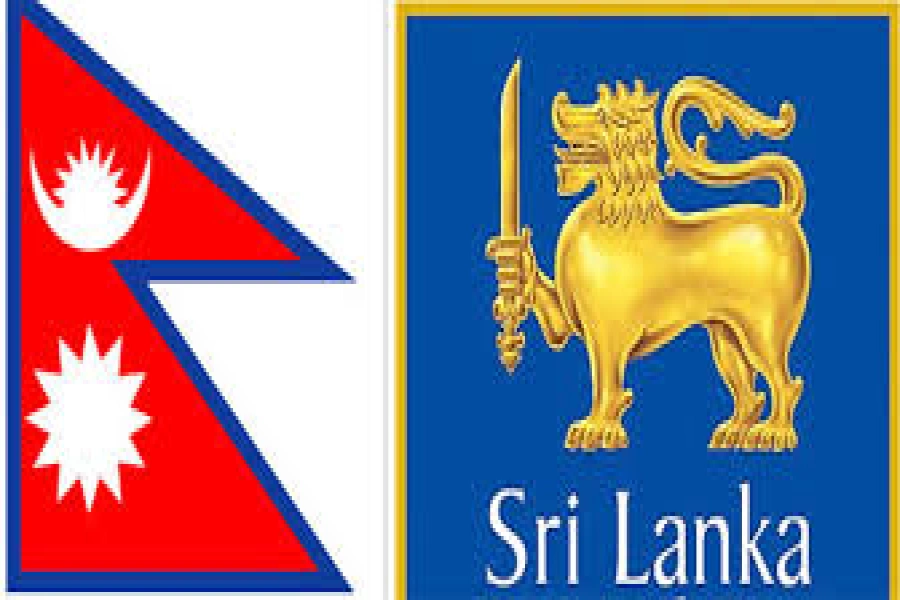
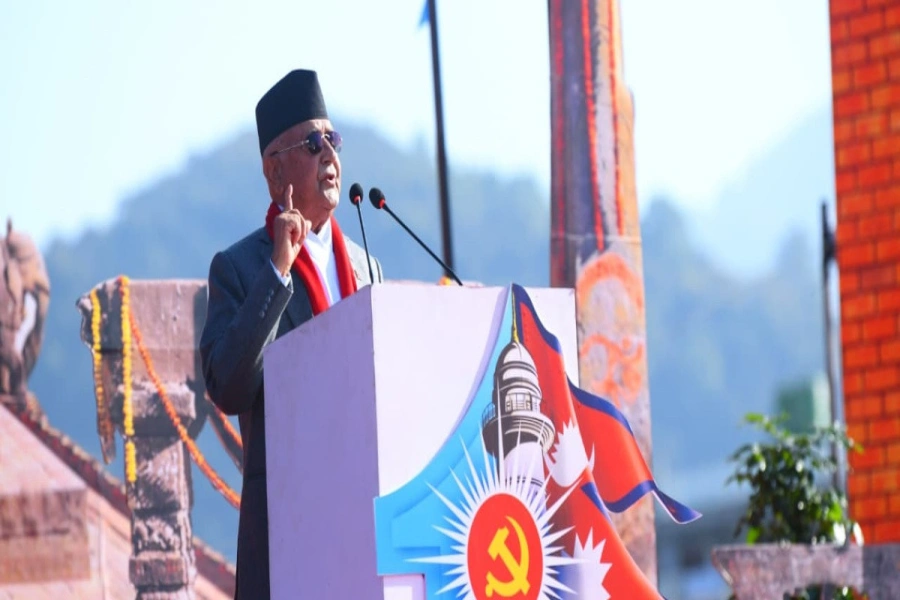

-1765616104-1765618344.webp)
